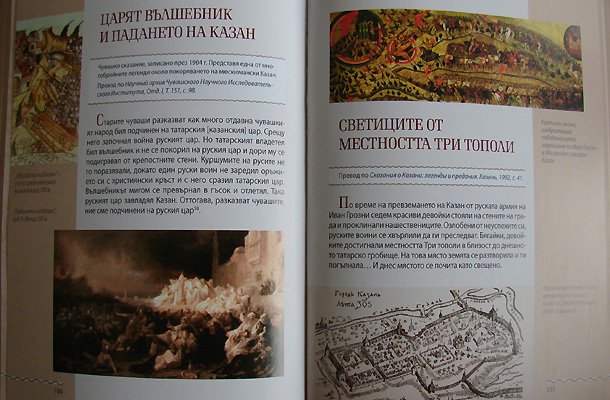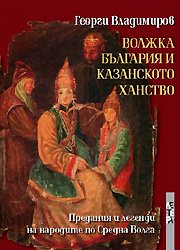


The exhibition "The Lords of Salt: Provadia - The Saltworks 5600 - 4350 BC" will be presented in Sofia. The temporary exhibition will be officially opened on June 11 at the National Archaeological Institute and Museum of the Bulgarian Academy of..
The testimonies of those who took part in the fateful events of 1876 are numerous and often contradictory. But the letters and documents about the April Uprising, which led to the liberation of Bulgaria , paint a fuller picture of the events that goes..
76 years after his death, the remains of the first Bulgarian Tsar of the Third Bulgarian Tsardom, Ferdinand I, were returned to the "Vrana" Palace and his last will has finally been fulfilled. The Tsar wrote that he wished to be..
The Bulgarian Orthodox church marks the assumption of St. Anna – the saint who gave birth to Maria, the future mother of Jesus Christ...
During rescue excavations, 17 burial facilities were discovered in the necropolis of the Roman colony of Ulpia Ratiaria (near Archar..
On the road leading from Sofia to Samokov upstream the Iskar River near the big picturesque bend between the former villages of Kokalyane and Pasarel at..

+359 2 9336 661
